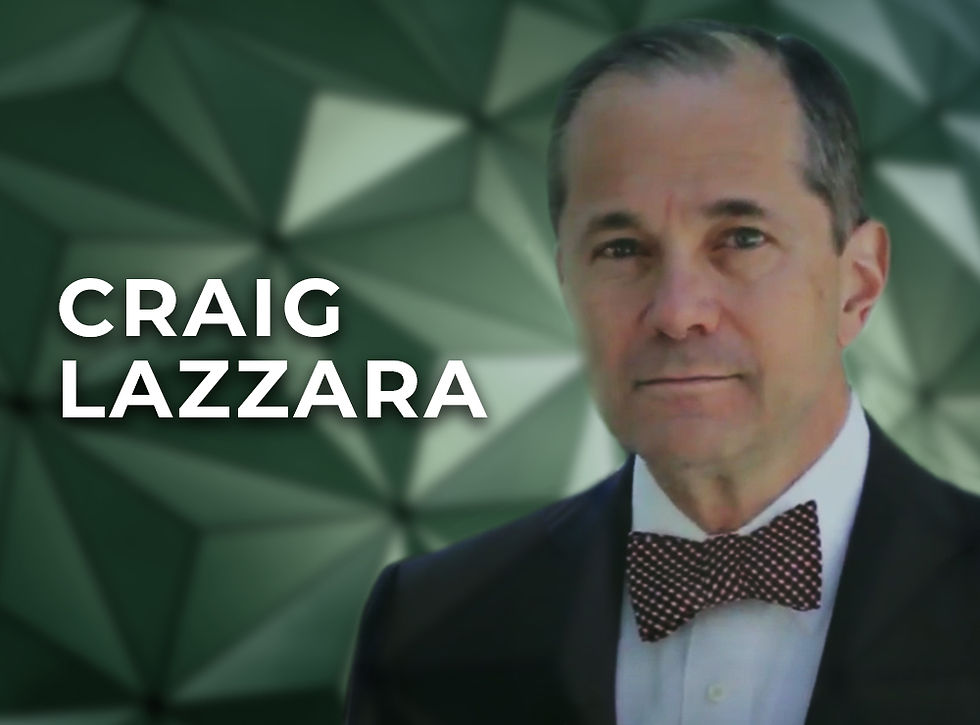
Our friends at S&P Dow Jones Indices have just released their latest annual SPIVA scorecard for US active managers. And guess what? It makes for grim reading for proponents of actively managed funds. It shows that 2021 was the third-worst year on record for US active managers. For example, 98.6% of large-cap growth funds failed to beat the S&P 500 Growth Index, which makes large-cap growth notonly the worst-performing category in 2021, but *the worst performing of any US equities category in the past 21 years”. 90% equity funds have underperformed the S&P Composite 1500 over the past 20 years, but an even greater 95% did so on a risk-adjusted basis.
As S&P DJI’s CRAIG LAZZARA explains, the latest data should serve as a warning to investors considering using active management that the odds are against them.
S&P Dow Jones Indices’ SPIVA (S&PIndex Versus Active) scorecard, first published in 2002, has become our industry’s de facto scorekeeper of the relative performance of active managers. We recently released the U.S. SPIVA results for 2021. Nothing in the 2021 report was surprising, as most active managers continued to underperform benchmarks appropriate to their investment style. Some observations, however, are worth highlighting:
2021 was a particularly difficult year, as 80% of all U.S. active managers underperformed the S&P Composite 1500®. In the large-cap segment, 85% of active managers lagged the S&P 500. This made 2021 the second-worst year for large-cap managers on record (exceeded only by 2014, a year of record-low dispersion).
2021’s results were especially challenging for large-cap growth managers, 99% of whom underperformed the S&P 500 Growth. Growth managers’ difficulties were especially acute because the largest companies in the growth index, which would have been underweighted by most active managers, performed very well.
Although mid- and small-cap managers underperformed at lower rates (62% and 71%, respectively) than large-cap managers, their record in 2021 was much worse than in the recent past. A majority of both mid- and small-cap managers had outperformed in three of the four years between 2017 and 2020, when their performance could benefit from an ability to “drift” up the capitalisation scale. In 2021, the performances of the S&P 500, S&P MidCap 400, and S&P SmallCap 600 were much closer than in the prior four years, meaning that the benefit of drift across the cap scale diminished.
Active managers often argue that they should be judged not simply by their returns, but also on their ability to manage portfolio risks over long periods of time. We agree — but SPIVA makes clear that, even after adjustment for risk, more than 90% of active managers, across the capitalisation spectrum, underperformed over a 20-year horizon.
Despite some idiosyncrasies, the most important thing about 2021’s SPIVA results is what they share with the prior 20 years’ reports. SPIVA data extend to 2001; in 21 years, a majority of large-capitalisation active managers outperformed the S&P 500 only three times. In 18 years out of 21, most large-cap managers lagged the benchmark.
This is not an accident or a coincidence; active managers underperform for identifiable, robust, and sustainable reasons. Investors considering the use of active management should realise that the odds are against them.
© The Evidence-Based Investor MMXXIV. All rights reserved. Unauthorised use and/ or duplication of this material without express and written permission is strictly prohibited.
